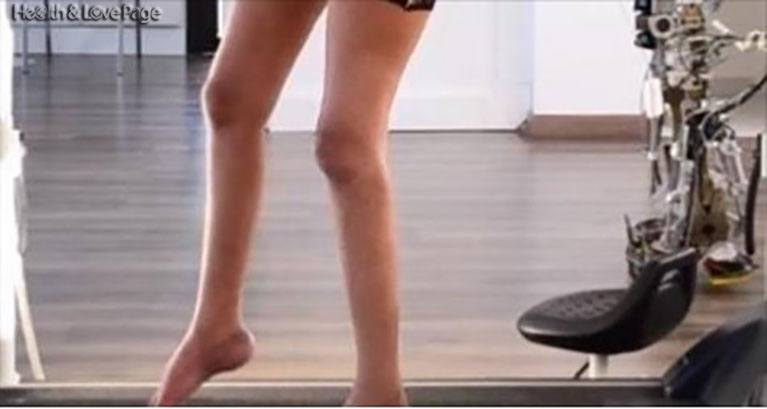Patients who suffered from paralysis as a result of severe spinal cord injuries, in an extraordinary breakthrough have recuperated their ability to move their legs again by training with an exoskeleton linked to their brain – one was even able to walk with crutches.
The Walk Again Project, which was based in Sao Paulo, was developed by scientists in order to help paraplegics to be able to walk by using an exoskeleton directed by their thoughts. What has surprised the scientists during the training was that eight patients gained their sense of touch and movement, although they have serious spine injuries.
Seven of the patients were regarded as patients whose spines had been totally severed. The analysts now consider that even though severed, few nerves survived and they revived during the exercises, rewiring circuits in the brain.
In the journal Scientific Reports, they pointed out that: a patient who previously was not even able to stand on his feet by using braces, now the same patient is able to walk using a walker, braces or with therapist’s help.
At this stage, while suspended overground, the patient was able to make voluntary leg movements that mimicked walking. Another patient was able to walk using two crutches and lower limb orthoses doing it on their own without the help of the therapist.
Dr Miguel Nicolelis, director of the Duke University Center for Neuroengineering in the US, claimed that the total paralysis of these seven patients was promoted to ‘partial paralysis’. He also pointed out that their improvement is still to come.
He also mentioned that the analysts did not believe this effect was possible to be achieved and now they are delighted to have succeeded in what they believe was a ‘key milestone’ in helping paraplegics.
During the training, the patients controlled computer avatar with a “brain-machine interface” by a virtual reality. Which direction forward or backward the patients would think of, the avatar would move as if it was their body. They used the same system to control a robot and then were given an exoskeleton which they could wear.
A young man, suffering from chest-down paralysis, symbolically kicked off the tournament using a brain-machine interface and an exoskeleton at the opening ceremony for 2014 FIFA World Cup in Brazil. It was evident that the efforts gave brilliant effects on their body.
Dr Nicolelis claimed that it was surprising for them how the long-term training with brain-machine combine with distinct set-ups: in a stand-alone robot or an exoskeleton controlled by the brain, in a virtual reality. All these bring about a partial neural improvement in all of these patients, demonstrated by the recovery of tactile, partial motor, visceral and sensory functions.
It seems that the patients turned on again and were walking in their training as a result of the activation of the spinal cord by the cortex again and a feedback from the periphery (the limbs). The patients also retook a degree of control over their bladder and bower and there was an improvement of their cardiovascular function so the risk of hypertension was reduced.
However the scientist are not able to foresee the complete improvement that the technique will achieve as the patients are continuing to correct. Dr Nicolelis points out that once patients with spinal problems are diagnosed a complete paralysis, their rehabilitation is mainly an adaptation to a wheelchair.
The scientists believe that this sustained-brain machine interface training would not only trigger a recovery in patients, but will serve as an important motivator for patients with spinal cord injuries worldwide.
It has been a challenge to work on this project over 15 years, on ideas first demonstrated on animals and which brought about a revolutionary theories about the way the brain works. The scientists from ‘Walk Again Project’, have great impact in helping people walk again. The life-changing motivation for all of them is seeing young adults walking for the first time.
Via Independent

